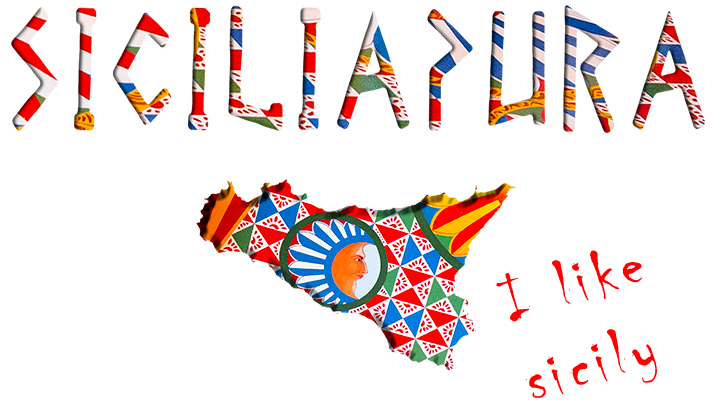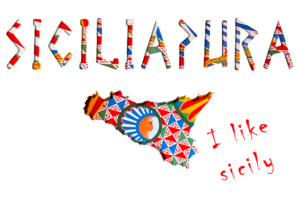Lo Stretto di Messina è un luogo di importanza geografica davvero sorprendente fin dall’antichità, un paradiso di biodiversità marina che ha anche tantissime insidie.

Lo Stretto fin dall’antichità viene considerato un tratto marino davvero pericoloso e questo perché le sue correnti possono raggiungere i 9 km orari e hanno ben due flussi opposti:
- Il rema montante. Che va da sud a nord.
- Il rema scendente. Che va da nord a sud.
Se oggi con i potenti motori è comunque un tratto di acqua insidioso ti invitiamo a immaginarlo tanti anni fa quando le barche usavano la forza umana, con i remi, e il vento per attraversare gli oceani e i mari.
Ti invitiamo a fare con noi un giro nella storia così che quando ci verrai a trovare saprai qualcosa di più su questa nostra magnifica terra baciata dal sole.
Scilla e Cariddi: lo stretto di Messina nell’epica omerica
Scilla ivi alberga, che moleste grida / Di mandar non ristà. La costei voce / Altro non par che un guaiolar perenne / Di lattante cagnuol: ma Scilla è atroce / Mostro, e sino a un dio, che a lei si fesse, / Non mirerebbe in lei senza ribrezzo. (Odissea, XII canto)
Come ti avevamo accennato lo stretto è da sempre un tratto di mare famoso e famigerato tanto che lo scrittore e poeta Omero inserisce Scilla e Cariddi nella sua Odissea: i mostri marini che Ulisse deve affrontare.
Ma cosa sono in realtà? Laddove i flussi si incontrano si vanno a creare dei mulinelli davvero pericolosi, i più antichi e noti hanno proprio il nome di Scilla ovvero Colei che Dilania (si trova proprio di fronte ad Alta Fiumara e Punto Pezzo) e Cariddi anche nota come Colei che Risucchia, questo vortice detto in termine tecnico garofalo si forma davanti alla spiaggia del faro.
Chi l’avrebbe detto che studiando le curiosità sullo stretto avremmo attraversato la grande epica? Noi! Perché sapevamo che la nostra Sicilia è unica e bellissima.
L’altro scoglio, più basso tu lo vedrai, Odisseo, / vicini uno all’altro, / dall’uno potresti colpir l’altro di freccia. / Su questo c’è un fico grande, ricco di foglie; / e sotto Cariddi gloriosamente l’acqua livida assorbe. / Tre volte al giorno la vomita e tre la riassorbe / paurosamente. Ah, che tu non sia là quando riassorbe. (Odissea XII canto).
Ah, prima di dimenticarcene: anche Virgilio, il grande poeta latino, ha descritto nella sua Eneide Cariddi. Siamo proprio famosi, non credi?

Lo stretto di Messina oggi

Persa la connotazione mistica e leggendaria lo stretto di Messina rimane un importante varco commerciale e turistico tanto che moltissimi traghetti da e verso la Sicilia vi passano tutti i giorni così come merci e molto altro.
Percorrere lo stretto diretti verso Messina oggi è divenuto davvero facile e ci vogliono soli 20 minuti per ritrovarsi sulla nostra bellissima isola.

Tantissimi appassionati di snorkeling e di subacquea inoltre affrontano le acque più sicure dello stretto per scoprirne la flora e la fauna marina davvero unica: l’ecosistema qui sommerso è diverso da tutti gli altri anche per via delle correnti marine e viene definito un piccolo laboratorio di tutto quello che è possibile trovare nel mediterraneo.


[…] Per preparati alla visita e scoprire qualche curiosità storica abbiamo anche preparato una piccola guida che puoi leggere direttamente sul nostro sito. […]